An overview of the key people who can help get you licensed and on the road.
If you are struggling to make sense of the process of learning to drive with disability, you are not alone.
At Total Ability, we field calls every single day from people with disability, their carers and even health professionals, who are confused about how to get licensed and on the road.
The process is a little different in each State/Territory in Australia. And of course, every individual’s situation is unique. But we’ve found that with a little support and guidance, most people can connect with the relevant professionals in their area and safely start driving.
We’ll cover these key people and important parts of the process in a moment, but if you want a more comprehensive guide, check out our:
To start with, let’s take a quick look at how State/Territory Motoring Authorities fit into learning to drive with disability.
State/Territory Motoring Authorities
Each State/Territory in Australia has its own Motoring Authority that regulates two important aspects of driving with disability: licensing and certification of vehicle modifications.
Licensing
If you are living with disability or a medical condition that impacts your ability to drive, you may need to undertake additional assessments to renew or obtain a driver’s licence. Requirements vary slightly between States/Territories, but generally include:
- Obtaining a Medical Assessment for Fitness to Drive. This involves seeing a doctor who will assess whether you are medically cleared to drive (according to Austroads guidelines). They might recommend further assessments and special conditions for your licence.
- Occupational Therapist Driving Assessment. If requested by your doctor, you will need to undertake an Occupational Therapy Driving Assessment, with a Driver Trained Occupational Therapist (DTOT). Recommendations for vehicle modifications to enable you to drive safely may be made as part of this assessment.
- Disability Driving Test. Some States/Territories stipulate that anyone who requires vehicle modifications must pass a Disability Driving Test. This is the same as a regular driving test, but undertaken in a vehicle with the modifications being proposed by the DTOT.
- Special Licence Conditions. To drive with vehicle modifications, you must have the relevant conditions endorsed on your licence. These will be based on your medical and DTOT assessments.
 Certification of Vehicle Modifications
Certification of Vehicle Modifications
If your vehicle requires modifications, you will need to get it certified before it can be registered with your State/Territory Motoring Authority. This is to ensure that the vehicle is safe for road transport and complies with relevant legal standards.
Driver Trained Occupational Therapists
One of the first people you will likely meet as you learn to drive with disability is a Driver Trained Occupational Therapist (DTOT). The DTOT is an Occupational Therapist (OT) who has undertaken additional training to become qualified in assessing driving ability and prescribing driving equipment.
The doctor who completed your Medical Assessment for Fitness to Drive might refer you to a DTOT. Or you could get a recommendation through an NDIS support coordinator or another health professional. Alternatively, we will happily help you find a Driver Trained OT through our network.
When you start working with a DTOT, one of the first steps will be an Occupational Therapy Driving Assessment. During this assessment, the DTOT will be assessing whether you are currently safe to drive. If not, they will consider what modifications or interventions might make it safe to do so.
DTOTs usually have some knowledge about funding options for vehicle modifications. If you are eligible, they may be able to assist with the application process. Funding will often cover assessments and driving lessons, in addition to any assistive technology and vehicle modifications that are required.
Once your DTOT has classified what modifications are required, it’s time to see a Specialist Driving Instructor.
Specialist Driving Instructors
By design, vehicle modifications alter the mechanics of driving to adapt to the specific needs of a person with disability. In the case of modifications like hand controls, the process of driving is changed to such an extent, that a regular instructor cannot effectively give driving lessons. Most people with disability require the input of a Specialist Driving Instructor while learning to drive.
Much like DTOTs, a Specialist Driving Instructor (SDI) is an instructor with the added experience of working with people with disability. They have driving modifications fitted to their vehicle and can instruct you on how to use this equipment. They can also provide formal driving lessons and help you prepare for the Disability Driving Test.
Your DTOT will help guide your choice of SDI, as you must ensure that the vehicle you are learning in has modifications in line with the DTOT’s recommendations. In most cases, the DTOT, SDI and yourself will work together to find the modifications and vehicle setup that suits you best. We can help you find a Specialist Driving Instructor, but you will need to have been assessed by a DTOT first.
Once you are feeling confident about driving, it’s time to book in for a driving test. If you pass, the next stage is approaching equipment installers to have your modifications fitted.
Equipment Installers
Not all car mechanics can install vehicle modifications. And depending on the complexity and range of modifications, you may need to work with more than one. For example, in addition to hand controls, some people also require modifications to assist with transferring in and out of a vehicle. Another consideration could be the need for wheelchair hoists, lifts and ramps.
It’s important to work with an installer who has experience with the modifications you require and who also has knowledge of the certification process for your State/Territory Motoring Authority. Your installer should be aware of which modifications require certification, as this may be required to legally register and drive your vehicle.
If you have any questions about certification of vehicle modifications, please contact your installer. Make sure to discuss any concerns in this area with your equipment installer, as they are vital to ensuring that modifications are in line with certification requirements.
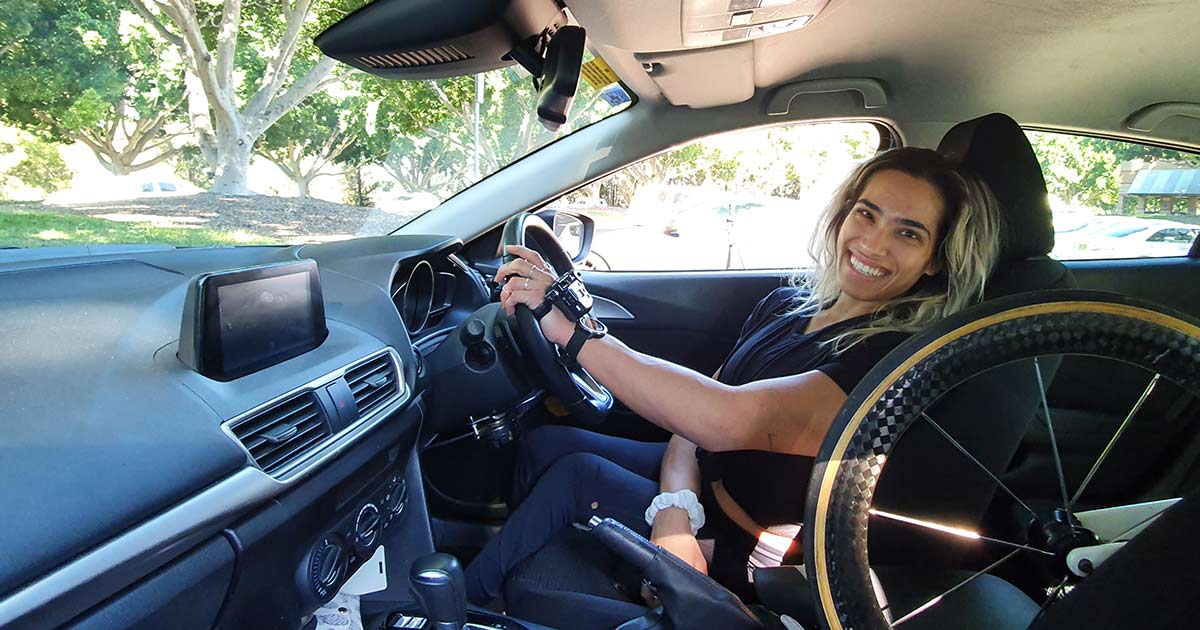
Driving with Disability Is Possible
The process of learning to drive with disability can be complicated. But with support from a few key professionals and the right products, it is possible.
We love to drive. And we know how much of a positive difference driving can make for people living with disability. This is why we are passionate about helping as many people as we can get back on the road again.
Whether you are looking at options to return to driving, have never driven at all, or want to increase driving freedom and capacity, the team at Total Ability can help.
Our Complete Guide to Driving with Disability and NDIS Guide to Vehicle Modifications can be downloaded for free from our website. These detailed guides answer most common questions, but for anything else, please reach out to our team via PH: 1300 858 410, or contact us through the website.


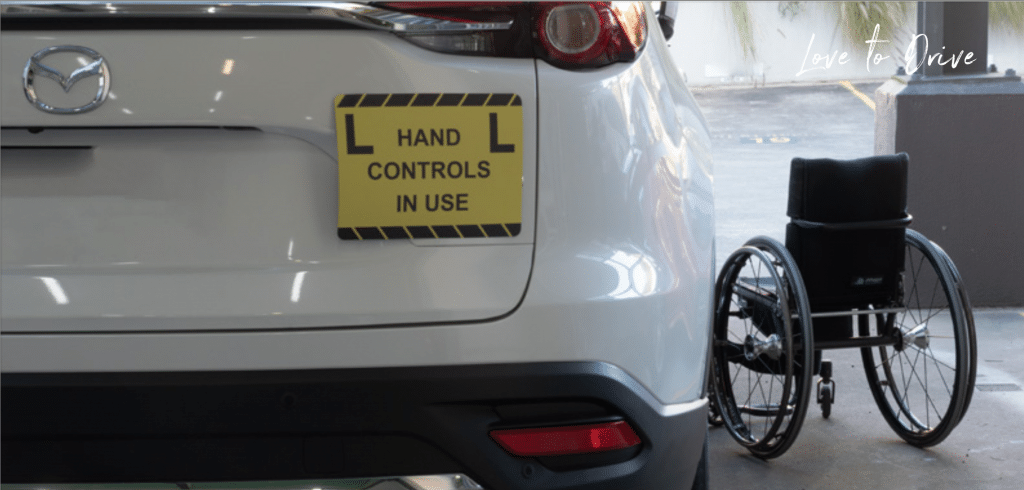
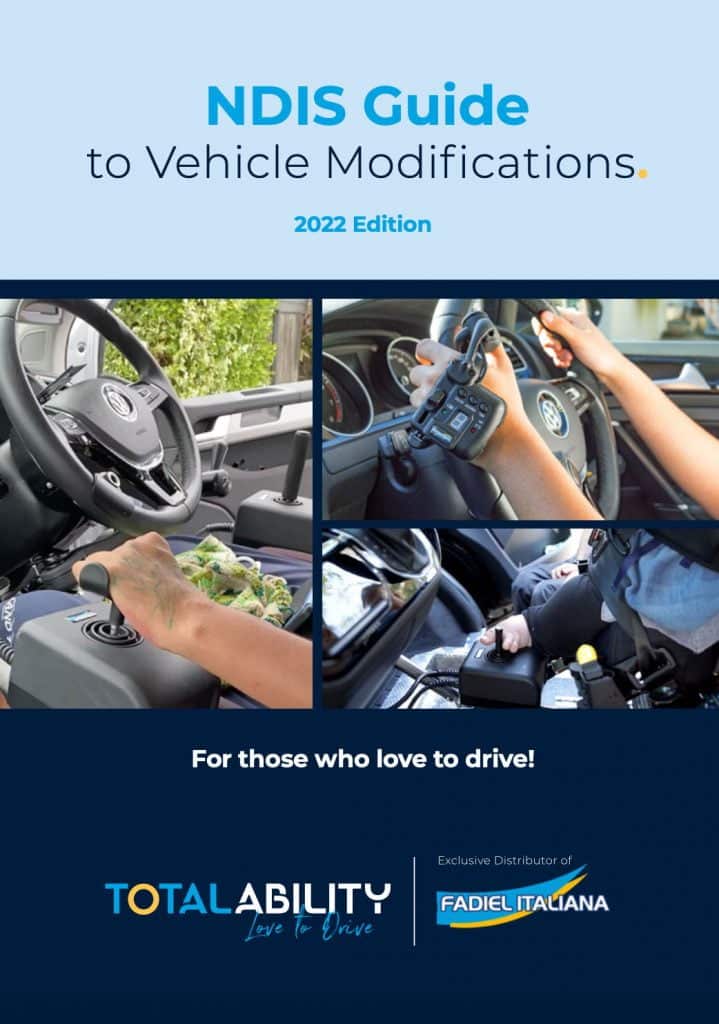
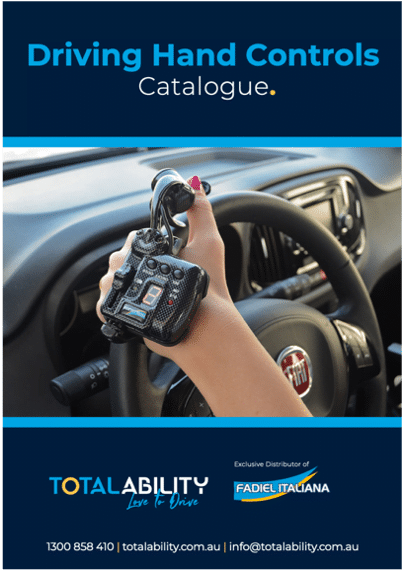
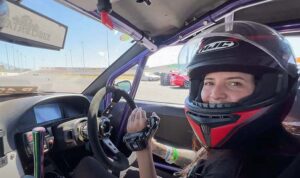

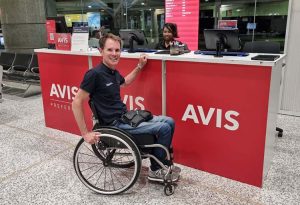
1 thought on “Learning to Drive with Disability”
Pingback: Why It Is Essential to Trial a Variety of Hand Controls - Total Ability Australia and NZ
Comments are closed.